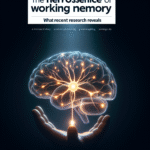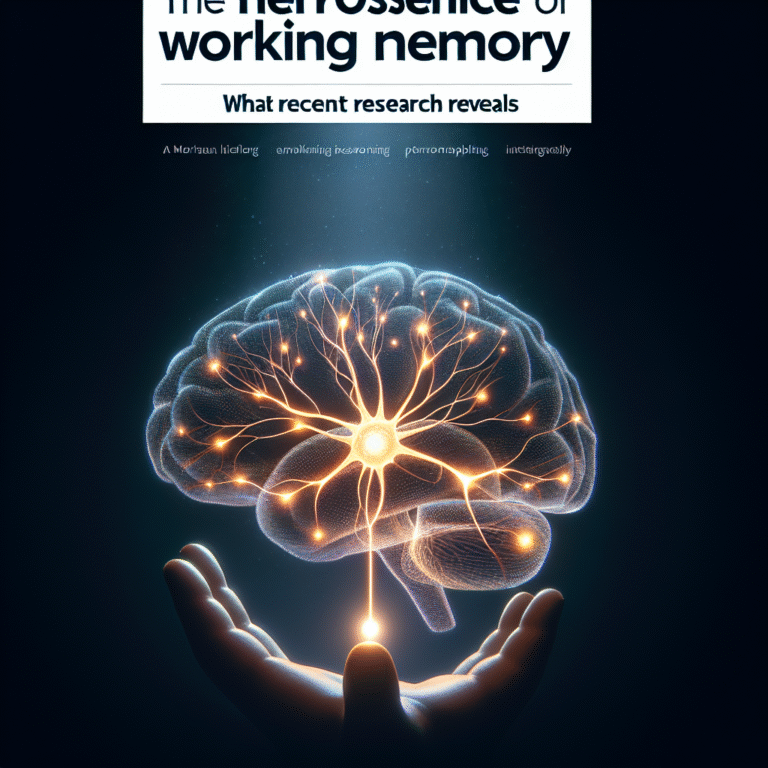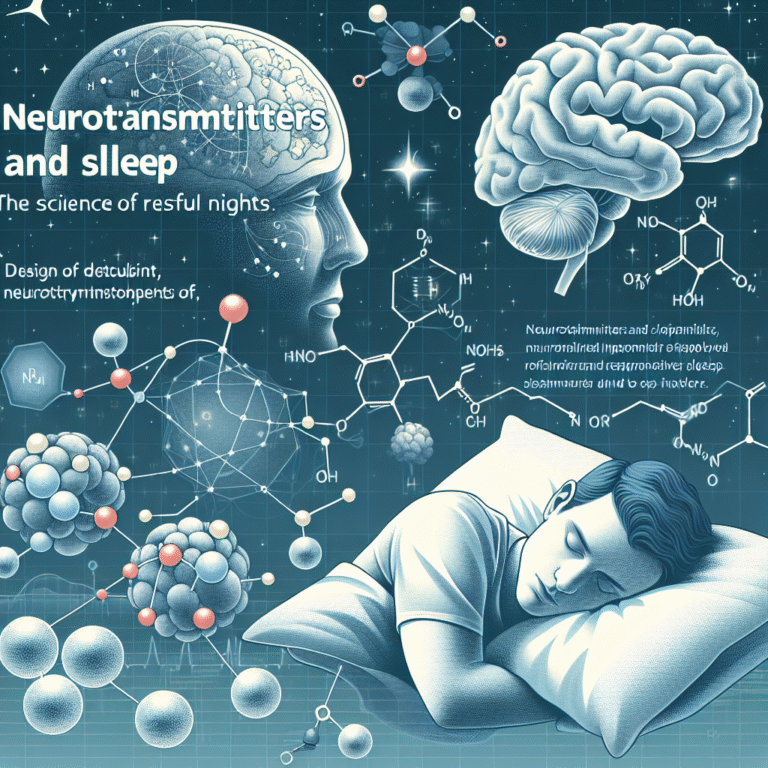
Introduction
Imagine sitting at your favorite café, where the moment the barista hears the sound of the espresso machine, your mouth begins to water in anticipation of that first sip of coffee. Have you ever stopped to wonder why this happens? This phenomenon can be traced back to and explained by the principles of classical conditioning, a concept as significant today as it was in the early experiments of Ivan Pavlov and his dogs. Understanding From Pavlov’s Dogs to Everyday Life: Discovering Classical Conditioning in Action allows us to gain insights into human behavior, marketing strategies, and even our relationships.
Through this exploration, we will delve into how this foundational psychological insight can enhance our daily experiences, aid in behavior modification, and be harnessed in various fields—from education to therapy and beyond.
The Roots of Classical Conditioning
1. The Pavlov Experiment
In the early 1900s, Russian physiologist Ivan Pavlov conducted a series of groundbreaking experiments that laid the foundation for classical conditioning. He noticed that his dogs would salivate not only when food was presented but also when they heard the sound of the lab assistant’s footsteps—a clear example of an automatic response (the salivation) to a neutral stimulus (the sound).
Key Components of Classical Conditioning
- Unconditioned Stimulus (UCS): The food that triggers a natural response.
- Unconditioned Response (UCR): The salivation that occurs naturally when food is presented.
- Conditioned Stimulus (CS): The sound of the bell that initially elicits no response.
- Conditioned Response (CR): The salivation that occurs upon hearing the bell after conditioning.
2. The Mechanism Behind the Magic
The principle that underpins classical conditioning involves learning through association. Over time, the sound of the bell (conditioned stimulus) becomes associated with the presentation of food (unconditioned stimulus), creating a conditioned response (salivation) even when the food is absent.
This mechanism is not just a curiosity of canine behavior; it has profound implications for how humans learn and interact with their environments.
Real-World Applications of Classical Conditioning
1. Marketing and Advertising
One of the most evident applications of classical conditioning is in marketing. Companies use jingles and logos to create associations that encourage consumer behavior. For instance, think about the iconic sound of a fast-food chain’s jingle; it triggers a conditioned response that makes you crave their products.
Case Study: Coca-Cola and the Holiday Season
Coca-Cola’s holiday marketing campaigns utilize classical conditioning by linking positive emotions associated with the festive season to its brand through the iconic image of Santa Claus enjoying a Coke. Each holiday season, the consistent pairing of their product with cheerful imagery generates a conditioned response that influences consumer behavior.
Analysis
By associating their products with happiness and togetherness, Coca-Cola effectively transforms a beverage into an emotional experience that drives purchases.
2. Everyday Habits
Consider the habit of reaching for your phone every time you hear a notification sound. This is another clear example of classical conditioning at work. The sound serves as the conditioned stimulus that triggers a habitual response due to its association with social interaction and the anticipation of new information.
Case Study: Social Media and Notifications
Social media platforms like Facebook or Instagram employ notification sounds and vibrations that elicit an almost involuntary response to check updates, reinforcing the cycle of engagement through this conditioned response.
Analysis
This illustrates how classical conditioning cultivates habits that can significantly impact our daily lives, creating both positive (engagement) and negative (distraction) outcomes.
3. Education and Learning
In education, classical conditioning plays a crucial role in shaping students’ behaviors and attitudes toward learning. By creating a positive learning environment, teachers can condition students to respond favorably to educational stimuli.
Case Study: Use of Rewards in Classroom Settings
A study demonstrated that students who received positive reinforcement (like praise or a small reward) upon completing assignments were more likely to develop a positive attitude toward studying and attend class regularly.
Analysis
This application highlights the effectiveness of coupling learning tasks with positive stimuli to foster a more engaged and motivated learner.
The Science Behind the Conditioning Process
1. Neural Mechanisms
Classical conditioning involves changes at the synaptic level within the brain. Studies reveal that the amygdala, particularly, plays a critical role in forming emotional responses associated with conditioned stimuli.
| Brain Structure | Function |
|---|---|
| Amygdala | Emotional responses |
| Cerebellum | Motor control/motor learning |
| Hippocampus | Memory formation |
2. Impact on Behavior
The adaptive nature of classical conditioning serves to equip organisms, including humans, for survival. By learning to associate certain stimuli with important consequences (both positive and negative), we can navigate our environments more effectively.
Overcoming Negative Associations
1. Conditioned Responses in Phobias
Phobias often arise from negative classical conditioning experiences. For example, if someone has a frightening experience involving a dog (unconditioned stimulus) leading to fear (unconditioned response), they may develop an irrational fear response (conditioned response) toward all dogs (conditioned stimulus).
Case Study: Exposure Therapy
Exposure therapy, a common treatment for such fears, gradually exposes individuals to the feared stimuli while pairing it with positive experiences, ultimately breaking the negative association.
Analysis
This demonstrates the potential to harness classical conditioning to restructure emotional responses and alleviate phobias.
2. Reconditioning with Positive Associations
Reconditioning involves creating new associations to replace those that are negative. An example is using pleasant environments or supportive conversations during therapy sessions to help patients reframe their thoughts.
Conclusion
From Pavlov’s Dogs to Everyday Life: Discovering Classical Conditioning in Action is not just a historical concept; it’s a vital part of understanding human behavior. By recognizing the principles of classical conditioning, we can apply them to better our lives, influence others positively, and make informed decisions in marketing, education, and beyond.
The power of associative learning reminds us that our behaviors and reactions can be shaped, optimized, and strengthened, opening doors for personal development and enhanced interpersonal relationships. So, the next time you respond to a notification or savor that first sip of coffee at your local café, remember the fascinating journey of classical conditioning that makes it all possible.
FAQs Section
1. What is classical conditioning?
Classical conditioning is a learning process in which a neutral stimulus becomes associated with a meaningful stimulus, leading to a conditioned response.
2. How does classical conditioning apply to real-life situations?
It applies in various areas such as marketing, education, and personal habits, influencing decisions and behaviors based on associations.
3. Can classical conditioning be used to change negative behaviors?
Yes, through reconditioning and exposure therapy, it can help individuals replace negative associations with positive ones.
4. What role does reinforcement play in classical conditioning?
Reinforcement strengthens the association between the conditioned stimulus and the unconditioned stimulus, enhancing the likelihood of the conditioned response.
5. How can understanding classical conditioning improve personal relationships?
By recognizing patterns of behavior and emotional responses, individuals can work on their conditioning to foster healthier, more positive relationships.
By weaving these threads of understanding together, we can appreciate the extraordinary influence of classical conditioning on our lives. This understanding not only empowers self-improvement but also enriches our social interactions and professional engagements. Let us continue to explore this intriguing psychological landscape, where every bell rings with the potential of a new beginning.
















